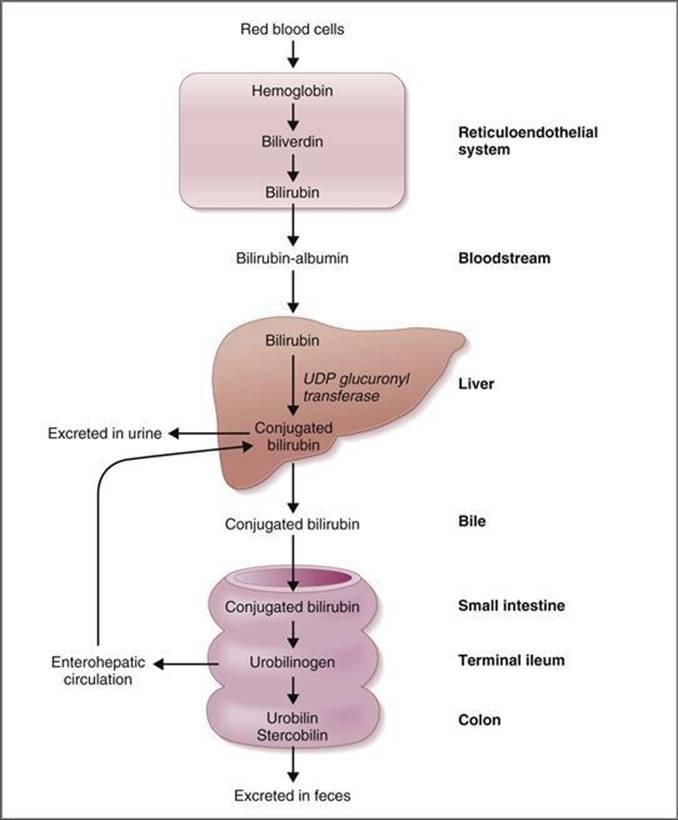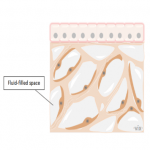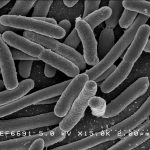
Bile
n., plural: biles
[baɪl]
Definition: A secretion produced by the liver and stored in the gall bladder
Table of Contents
Have you ever wondered how the fats from butter, cheesy burgers, and pizzas get digested in your body? Or have you heard of someone developing a condition of high bad cholesterol? To all these topics, one biological element is common: bile!
Bile is a greenish-yellow bodily fluid secreted by the liver and stored in the gall bladder. Biliary system fluids are composed of main water (97%) and essential components like bile salts, bilirubin, bile pigments, fats (including cholesterol), and inorganic salts and play an indispensable role in the digestion of fats.
Yes, you must have heard of bile in your elementary biology classes. In this article, we will delve deeper and try to teach you about some of the most important aspects of bile from a medical physiology point of view!
Let’s get started and learn about the different bile-related terminologies like bile duct, bile juices, important salts called bile salts, and their functions in sync with liver and gall bladder secretions. We will also shed light on its role in waste elimination, and its overall significance for your health. Furthermore, we’ll uncover various bile-related medical conditions, some of which can pose serious risks to your well-being. So, let’s dive in and uncover the secrets of this extraordinary substance!
What Is Bile?
Bile is an extraordinary greenish-yellow bodily fluid that is secreted by the liver and stored in the gallbladder. If you are wondering why it’s extraordinary, it’s because of its pivotal role in the “digestion of fats”.
While bile is a product of the liver, the bile ducts help in transferring it to the gall bladder where it’s stored for its further functioning. Bile is also commonly called bile secretion, bile juice, or bile fluid. Bile, by its nature, is mainly fluid-like, composed of 97% water and essential components like bile salts, bilirubin, bile pigments, fats (including cholesterol), and inorganic salts. Among these constituents, bile salts take the “center stage in the digestion of fats”.
When one consumes a fat-rich meal, the gallbladder springs into action. It starts releasing bile into the duodenum to initiate lipid digestion. Bile acts like a “surfactant” and emulsifies the lipids which ensures that lipid molecules don’t aggregate into larger fat particles. The mechanism of action of this emulsification process is facilitated by the bile salts that gather around lipid droplets. This process aids the step of micelle formation that further promotes the breakdown of “complex fats into fatty acids”. If we question why this process is essential, it’s because this process enables efficient absorption of these vital nutrients by the alimentary tract.
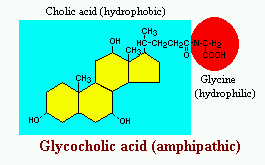
Watch this vid about bile:
Biology definition:
Bile is a bodily fluid secreted by the liver and stored in the gall bladder. Biliary system fluids are composed of main water (97%) and essential components like bile salts, bilirubin, bile pigments, fats (including cholesterol), and inorganic salts and play an indispensable role in the digestion of fats. Digestion of a fat-containing foodstuff incites the discharge of bile from the gallbladder into the duodenum to aid in the digestion of lipids. It acts as a surfactant, emulsifying the lipids. The bile salts, in particular, aggregate around the droplets of lipids and form micelles. This prevents fat droplets from aggregating into larger fat particles.
Other animals have bile too!
Bile is not exclusive to humans. Other animals, especially vertebrates have bile, too, which functions the same way as in humans (for digestion and absorption of dietary fats). Nevertheless, there are differences in composition. For example, bears have high concentrations of taurine-conjugated bile acids whereas rodents have high levels of glycine-conjugated bile acids. Some animals also tend to secrete bile directly into the small intestine due to the lack of a gallbladder for storage.
The color of the bile may also differ between and within species. For instance, most birds would have green bile. Some fish may range in color from green to yellow, even brown. Some snakes have green to yellow-green bile. The difference in color depends on various factors such as the kind of pigments present (e.g., biliverdin or bilirubin), diet, and health.
Etymology: from Latin bīlis (“bile”), possibly from Proto-Indo-European *bʰidrós (“bitter”).
Synonyms: gall
Where Bile Is Found
Production: Bile is produced in the liver and stored in the gallbladder within the human body. It is produced specifically by the liver cells; hepatocytes. After it is “synthesized in the liver”, it is transported to the “gallbladder for storage and concentration” via the biliary system.
Transport: As hepatocytes synthesize bile within the liver, many small bile ducts collect it and transport it via the larger ducts to the hepatic ducts. First, the small bile ducts merge into larger ducts, then the larger ducts further merge into a common hepatic duct as bile flows out of the liver. After this, the common hepatic duct connects to a smaller tube called the cystic duct that takes the bile to the gall bladder.
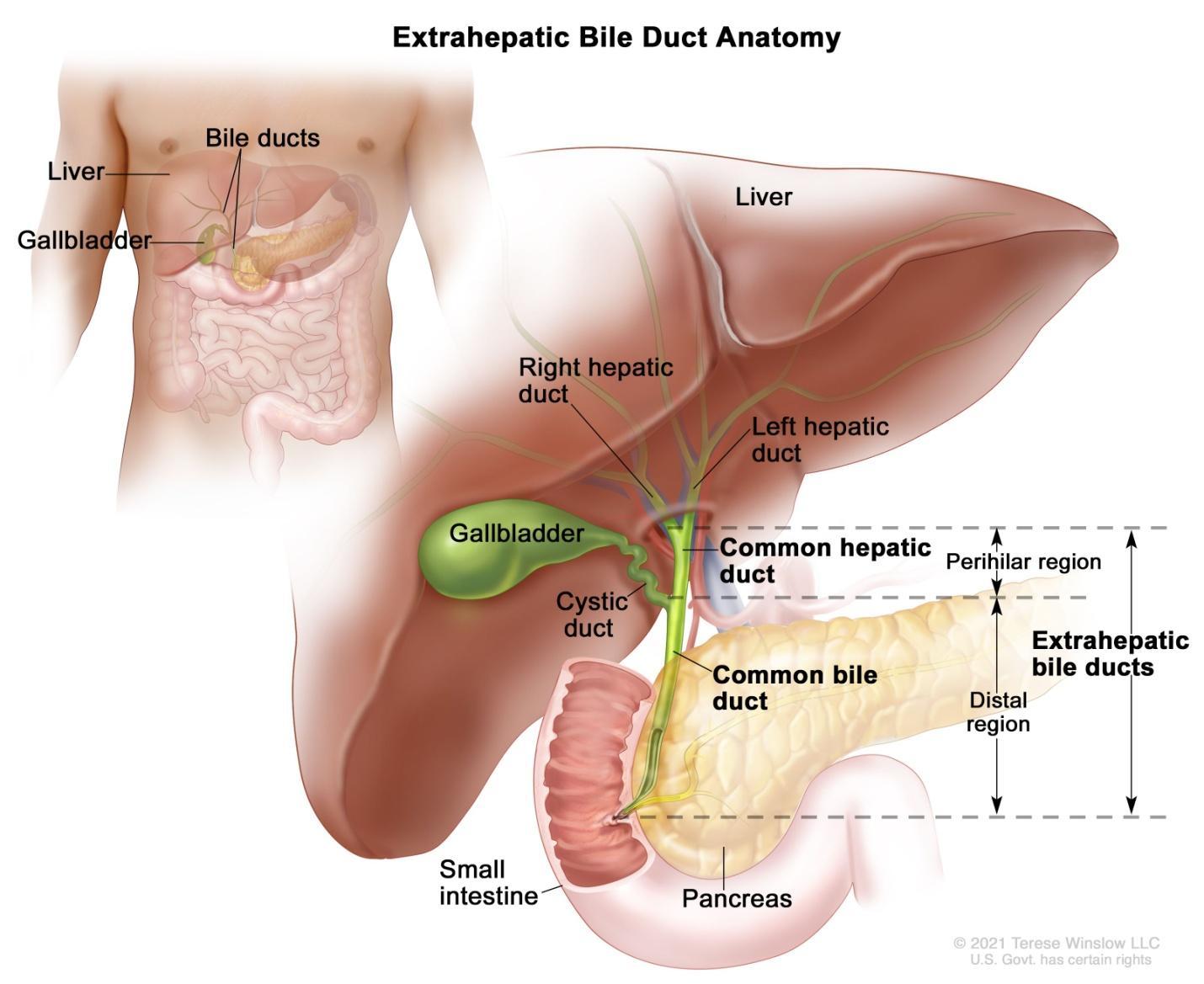
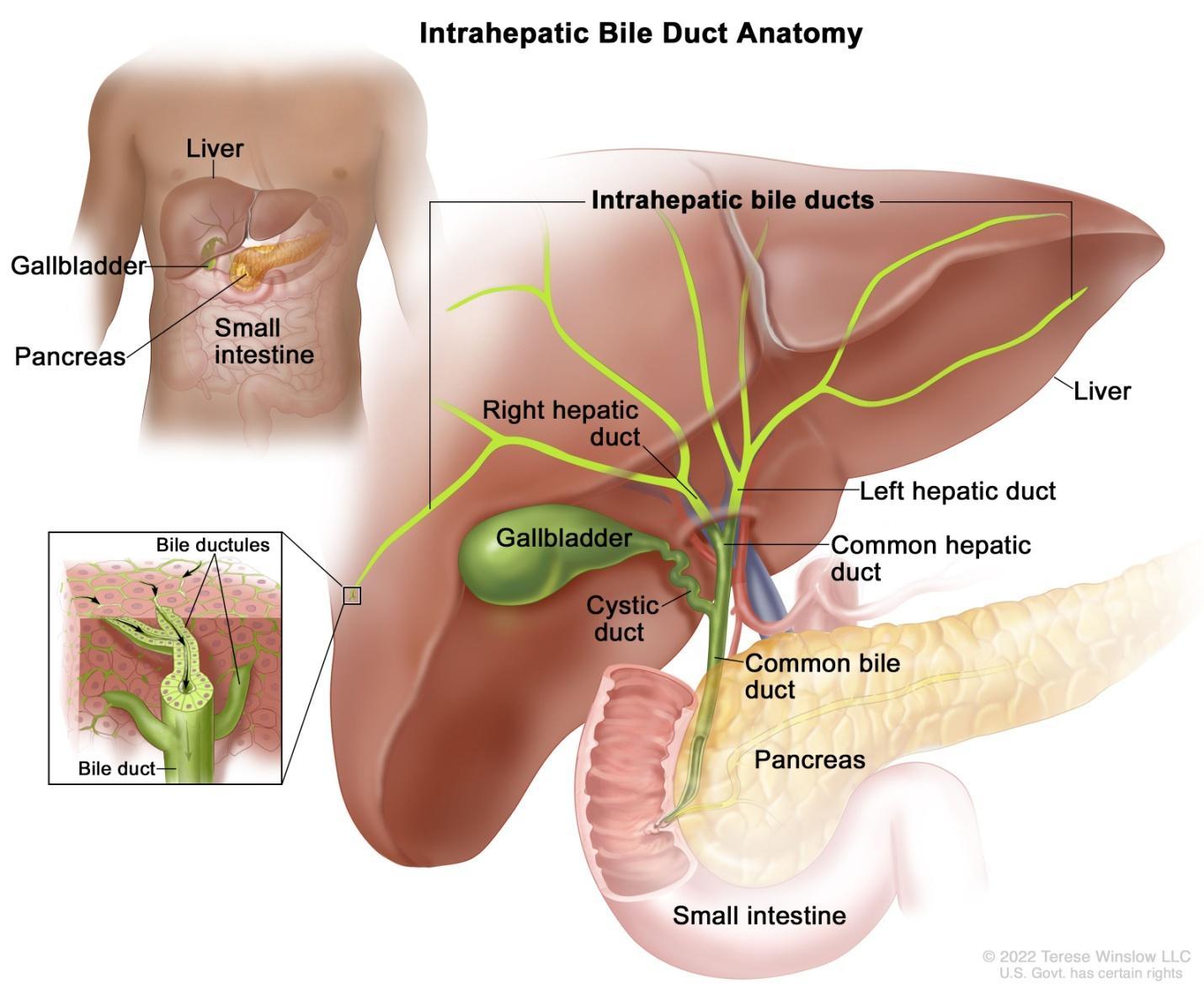
Storage: Once bile juices reach the gall bladder, they are stored inside this small pear-shaped organ located beneath the liver. It not only stores the bile but also concentrates it and releases it when needed for the digestion process of fats.
Path of action: When we ingest fatty foods, the gallbladder which is the storehouse of bile juices contracts. This aids an optimum release of bile into the small intestine through the common bile duct. Since the fats need to be digested to smaller fatty acids here, bile ensures proper emulsification and breakdown of fats that in totality facilitates their absorption in the intestines. Thus, bile plays a role of paramount importance in the digestion and absorption process of dietary fats, ensuring their proper utilization by the body.
Composition
Bile is comprised of a variety of components that collectively contribute to its unique array of functions. This complex mixture plays a crucial role in the digestion and absorption of dietary fats and thus ensuring optimal nutrient utilization within the body. The primary constituents of bile to list are:
- Bile salts: Bile salts are integral components of bile. They are synthesized from cholesterol in the liver. They play an integral role in the emulsification process and digestion of dietary fats. They act on the bigger fat globules and break them down into smaller droplets to increase their surface area for better absorption.
- Bilirubin: Bilirubin is a yellow-colored pigment in the bile. It is derived from the breakdown of red blood cells (RBCs). It is the bilirubin that imparts the “characteristic greenish-yellow color” to bile. It is a waste product and is excreted via bile.

Figure 4: Bilirubin is a byproduct of red blood cell (RBC) breakdown. It is excreted through bile which facilitates the waste removal from the body. The liver processes bilirubin into a water-soluble form which is then released into the small intestine through bile. Eventually, bilirubin is eliminated from the body via feces hence maintaining waste balance. Image Credit: Doctorlib - Cholesterol: Cholesterol is an important lipid that is present within bile. Although we know that excessive cholesterol can lead to gallstone formation, still its presence is vital for the production of bile salts and other essential functions.
- Phospholipids: Phospholipids are also an important component of bile. Lecithin (a type of phospholipid) helps in the emulsification process of fats as it aids micelle formation. This assists in the final absorption of dietary fats within the small intestine.
- Water: Water constitutes a significant portion (almost 97%) of bile. It serves a major function by the provision of a medium for the transport and dissolution of bile components.
- Electrolytes: There are many different types of electrolytes present in the bile. Some examples are sodium (Na), potassium (K), and bicarbonate (HCO3–). These electrolytes aid in the maintenance of the proper balance of ions for optimal digestion and absorption.
- Organic molecules: Bile also contains organic molecules like fatty acids, amino acids, vitamins, and trace elements that may be present only in small quantities but serve essential functions.

Figure 5: Underlying molecular mechanisms of the bile formation. Image Credit: Baishideng Publishing Group
Function
Bile serves several crucial functions in the process of digestion and nutrient absorption which can be attributed to its unique composition.
- Digestion of dietary fats: Bile aids in the digestion of dietary fats. Bile salts present in bile play a key role in the emulsification of fats thereby breaking them down into smaller droplets and increasing their surface area. This emulsification process facilitates the action of lipases (the enzymes that act on lipid molecules). The enhanced action lead to efficient digestion and absorption of fats in the small intestine.
- Absorption of fat-soluble vitamins: Bile also facilitates the absorption of fat-soluble vitamins (A, D, E, and K) and other lipophilic substances. The bile salts formed by the liver help in the solubilization and transportation of these substances across the intestinal lining. This ultimately ensures their efficient absorption into the bloodstream.
- Waste removal: Bile also acts as a natural waste removal system for the body. Bilirubin is a waste product derived from the breakdown of red blood cells (RBCs) and it is excreted through bile. By eliminating bilirubin, bile helps maintain the body’s balance of waste products.
- Antimicrobial action: Bile possesses antimicrobial properties. Bile salts exhibit bactericidal effects which help in the harmful bacteria growth inhibition in the small intestine. This ensures the prevention of intestinal infections.
Clinical Significance
Considering its diverse functions in the different aspects of the human body, its clinical significance becomes a topic of prime importance. Bile is involved in various health conditions.
» Bile duct obstructions can lead to bile accumulation which can cause jaundice and potential liver damage.
» Gallstones are another condition where stony aggregations are formed from cholesterol or bilirubin. This condition leads to severe pain and requires medical intervention.
» Many digestive disorders (abnormalities in the production of digestive juices) are also caused due to abnormalities in bile composition or flow. Thus, monitoring bile levels and addressing any related issues are important for maintaining proper digestion and overall health.
» Bile reflux occurs in many people, though difficult to distinctly identify as a condition of gastric reflux, is a serious condition. It is a condition when the bile acid refluxes or backs up into one’s stomach or gastrointestinal tract. In some extreme cases, this reflux can be so strong that the bile acid reaches up to the esophagus. This medical condition needs proper care and timely medical help.
» In more adverse situations, bile reflux gastritis can also develop where the backflow of bile into the stomach (due to movement in opposite directions) results in severe inflammation and irritation of the gastric lining. Such a condition causes extreme discomfort in one’s abdomen with a constant feeling of queasiness, retching, and sometimes also accompanied by a burning sensation in the chest area. No medication is recommended here without a proper physician’s prescription.
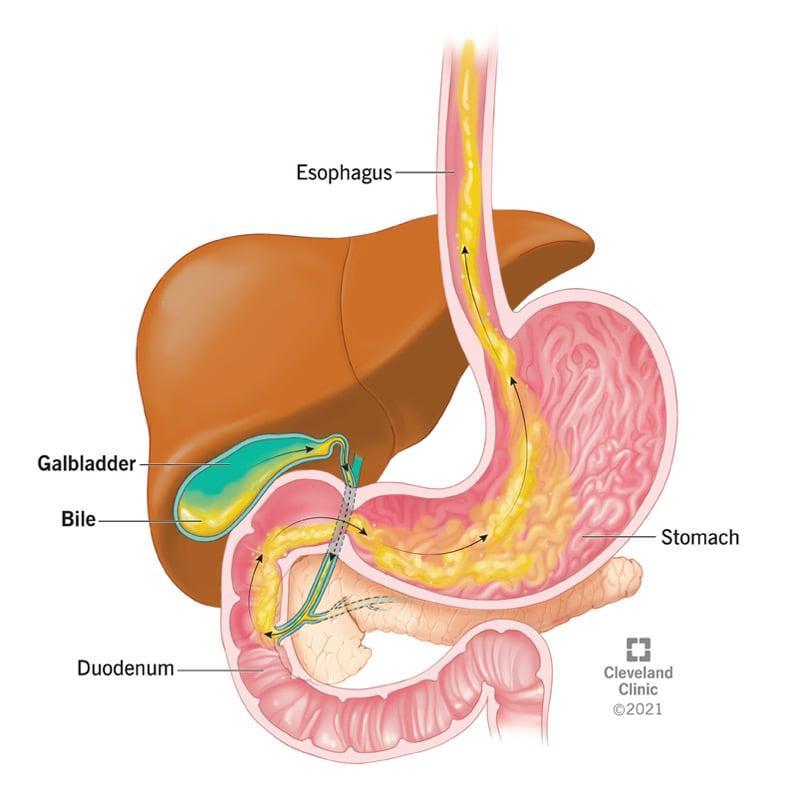
NOTE IT!
Cholesterol, Bile Acid, and Gall Stones
By this point of reading, we all are aware of the bile’s essential role in the digestion and absorption of fats. But certain conditions can lead to imbalances in bile composition. Most common abnormalities involve cholesterol and result in the formation of gallstones.
Though we told you earlier that cholesterol is itself a component of bile and necessary for the digestion and absorption of fats, we are about to introduce you to a health condition (which is different from normal).
- NORMAL: Cholesterol is generally transported in bile in “solubilized form”. This solubilization is possible due to the presence of bile salts and phospholipids. In normal circumstances, the bile salts keep cholesterol in a “dissolved state”. This prevents its precipitation and the formation of solid crystals.
- HIGH CHOLESTEROL OR REDUCED BILE CONDITION: Under such circumstances, when there is an excess of cholesterol or a reduced amount of bile salts or phospholipids, cholesterol starts accumulating and forming gall stones. Gallstones are solid particles that develop in the gall bladder or bile ducts. They can vary in size and composition, and usually range from “cholesterol stones” to “pigment stones”.
» Cholesterol stones are the most common type. They are formed when there is an imbalance between cholesterol and bile salts in bile. These stones can obstruct the bile ducts which leads to pain, inflammation, and other complications.
» Pigment stones are solid particles primarily composed of bilirubin and other pigments. These stones are less common but can occur due to certain conditions like liver disease or excessive bilirubin production.

When we talk about bile, we must discuss the importance of bile acid sequestrants or bile acid resins which undoubtedly the oldest lipid-lowering agents are known to us. While these agents are the ideal choice from a safety point of view, their potency is lower as compared to the other classes of drugs available for the hyperlipidemia (high LDL and low HDL) condition.
- Mechanism of action of bile acid sequestrants: In the intestine, these agents work by binding to the negatively-charged bile acids due to their positively-charged nature; working on an ion-exchange principle. This ensures the inhibition of cholesterol absorption as the bile acid’s lipid-solubilizing activity is not in play. This serves as an effective strategy by which these agents lower LDL levels in the blood. Also, since they prevent the reabsorption of bile acids, such an event signals the liver (production house of bile acids) to produce more bile acids to replace what was lost to the sequestrants. Since bile acid production uses cholesterol, this drug aids in lowering the level of LDL cholesterol that is circulating in the blood.
While various factors contribute to the formation of gall stones like obesity, a high-fat diet, rapid weight loss, certain medical conditions, genetic predisposition, and certain ethnicities with greater risk factors, it becomes important that we understand this underlying science and help in the prevention and management of this condition. Maintaining a healthy lifestyle, intaking a balanced diet, and engaging in a regular exercise routine can reduce the risk of developing gallstones and promote optimal bile function. If the treatment involves medications, a strict medical professional’s guidance is recommended.
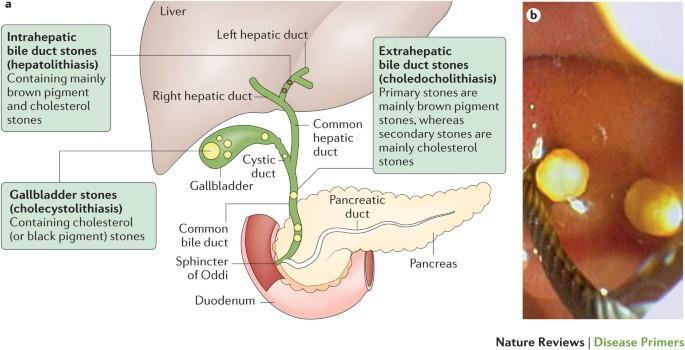
Warning Note: A gallbladder surgery (also called the Cholecystectomy procedure) in cases of symptomatic gallstones might also be suggested by professionals. No surgery whether it’s stomach surgery or gallbladder surgery should be planned without proper consultation.
Take the Bile – Biology Quiz!
References
- InformedHealth.org [Internet]. Cologne, Germany: Institute for Quality and Efficiency in Health Care (IQWiG); 2006-. How does the gallbladder work? 2010 Jan 21 [Updated 2018 Sep 6]. Available from: https://www.ncbi.nlm.nih.gov/books/NBK279386/
- Guyton and Hall Textbook (2011). Textbook of Medical Physiology. U.S.: Saunders Elsevier. p. 784. ISBN 978-1-4160-4574-8.
- Secretion of Bile and the Role of Bile Acids In Digestion. http://www.vivo.colostate.edu/hbooks/pathphys/digestion/liver/bile.html
- Chan J, VandeBerg JL. Hepatobiliary transport in health and disease. Clinical Lipidology. 2012;7(2):189-202. doi:10.2217/clp.12.12
- LiverTox: Clinical and Research Information on Drug-Induced Liver Injury [Internet]. Bethesda (MD): National Institute of Diabetes and Digestive and Kidney Diseases; 2012-. Bile Acid Resins or Sequestrants. [Updated 2017 Sep 28]. Available from: https://www.ncbi.nlm.nih.gov/books/NBK548342/
- Boyer J. L. (2013). Bile formation and secretion. Comprehensive Physiology, 3(3), 1035–1078. https://doi.org/10.1002/cphy.c120027
- Hundt M, Basit H, John S. Physiology, Bile Secretion. [Updated 2022 Sep 26]. In: StatPearls [Internet]. Treasure Island (FL): StatPearls Publishing; 2023 Jan-. Available from: https://www.ncbi.nlm.nih.gov/books/NBK470209/
- Ko, C. W., & Lee, S. P. (2002). Epidemiology and natural history of common bile duct stones and prediction of disease. Gastrointestinal endoscopy, 56(6), S165-S169.
- Lammert, F., Gurusamy, K., Ko, C. et al. Gallstones. Nat Rev Dis Primers 2, 16024 (2016). https://doi.org/10.1038/nrdp.2016.24
- Kalakonda A, Jenkins BA, John S. Physiology, Bilirubin. [Updated 2022 Sep 12]. In: StatPearls [Internet]. Treasure Island (FL): StatPearls Publishing; 2023 Jan-. Available from: https://www.ncbi.nlm.nih.gov/books/NBK470290/
©BiologyOnline.com. Content provided and moderated by Biology Online Editors.
